After the team’s hardest run of the week, 40 cross country runners sit scattered beneath the shade of the towering tree on the quad — some stretching, others drinking chocolate milk or Liquid I.V., and the majority chatting with friends. The moment to rest is well deserved after six to even 11 miles of aching legs and labored breathing experienced by the athletes just minutes before.
Kai Mehta (‘28), a new member of the cross country team this year, explained, “running is monotonous. It’s just a constant pounding on the concrete” and described the physical discomfort of running as a “throbbing pain that just keeps growing.” Kai, Nolan Ameriks (‘27), Amaan Khan (‘27), and Lawrence He (‘29) all agreed that they dislike running. So why do so many students compete in cross country if they hate the sport?
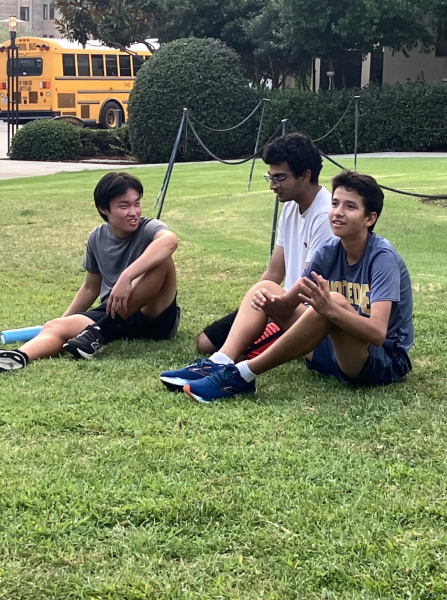
Lawrence, who ran cross country in middle school, explained that his primary motivator to run cross country was for the PE credit. Additionally, he described that “starting a new sport like soccer is usually really hard. You need a lot of prior experience. But in cross country, you can get into running pretty quickly.” The only requirement for cross country is a pair of running shoes, encouraging athletes to join the team even if they have never run before.
But why do students who don’t need the credit, who often play other, more skill-based sports, run cross country? Nolan, a member of the cross country team, basketball team, and baseball team, gave a stark response: “I run to get exercise so I don’t feel guilty when I sit on my couch.”
Running supports physical well-being by strengthening bones and muscles, increasing flexibility and balance, and improving cardiovascular and respiratory function. According to the Cleveland Clinic, a stronger heart and lungs can decrease the risk of heart disease, the number one cause of death in the United States, and promote weight loss. Running allows people like Nolan to chill while feeling healthy because running creates a calorie deficit and increases metabolism.
Cross country also provides mental health benefits, such as reducing stress and improving mood. Mayo Clinic explained that running can increase self-confidence, which reduces stress. Amaan, a returning runner, agreed, saying, “I feel very accomplished after a run. Not many people can say, ‘Oh, I just ran eight miles.’”
Running also causes the body to produce endorphins, hormones that relieve pain and stress, in response to the discomfort of running. Afterward, the chemicals continue to affect the body, leading to a feeling of happiness known as the runner’s high. Kai offered a similar perspective, saying, “It feels so good: the endorphin rush at the end.”
Kai and Amaan both see running as a form of type two fun, an activity that may be difficult in the moment but feels rewarding and fun afterward. A Washington Post report on tier two fun elaborated that although the action may feel terrible —like running until you feel like you’re going to pass out — once completed you seem to forget or minimize the pain, and would be willing to do it again.
Beyond the health benefits, athletes find other ways to continue motivating themselves to run. Nolan has a simple goal: to get better every day. Lawrence explained that cross country has given him an opportunity to hang out with friends and make new ones, even if he has to do so while running. Amaan just runs to finish.
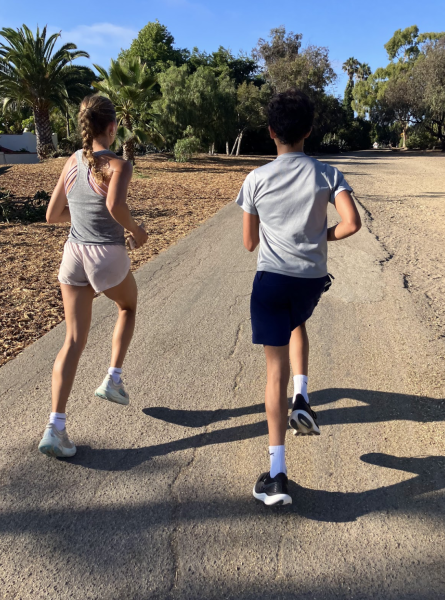
However, fading motivation and declining interest can often overshadow the sport itself. Nolan admitted his favorite part of cross country is talking with friends on bus rides to and from races and the end-of-season banquet because of the food and no longer needing to run. Kai explained that when struggling while running, he often does not regret slowing down.
Although students who do not enjoy running often lose motivation and put in less effort, their mindset creates a laid back and supportive environment. On mile seven of a long run, Tejas Gluth (‘28), a varsity athlete who has been running since elementary school, said that he actually appreciates other students who do not take running as seriously because their attitude helps him to enjoy cross country rather than focusing only on results. “It just makes running more fun,” he explained.
Sometimes running can become too competitive if everyone is trying to beat each other, he added. “There’s a place for that,” he admitted, sweat dripping from his forehead, “but not every single practice.”
At mile 8.5 of a 10 mile run, Ayanna Hickey (‘26), a varsity runner committed to UCLA next year for cross country and track, agreed that the competitiveness can make running stressful. She explained that she manages the intensity by focusing on cross country only when it truly counts, like in the day leading up to a big race.
Even during races, Tejas embraces the chill atmosphere of his teammates because it helps him to relax. Tejas explained that he “tries not to take [himself] too seriously until the last moment before the race,” then pauses to take a breath, “because otherwise you just stress out.”
The appreciation of a calm environment carries over to running workouts. Ayanna said that she has “learned not to care” if other students do not give as much effort as she does because “[cross country] is a hard sport.”

Understanding the struggles that other athletes face has created a supportive cross country community. Lawrence said that running with teammates “push[es] you to try to run faster.” Kai added that the team allows “you to talk with people who actually understand the pain of running.” Varsity athletes also agreed. Tejas explained that even as a varsity runner cross country never gets easier because runners are always trying to get faster but “everybody has to do so it creates a sort of community.”
Whether it be after an 11 mile long run or a two mile one, the conversations shared on the quad, between sips of chocolate milk and Liquid I.V., always circle back to the question: “why do we even run cross country?” For many, it’s less about racing and more about the people around them, creating a supportive atmosphere that encourages all students to perform at their best. Whether the athletes love cross country or just tolerate the struggle, it’s hard to deny that running makes them feel good, even “when [they] sit on the couch.”



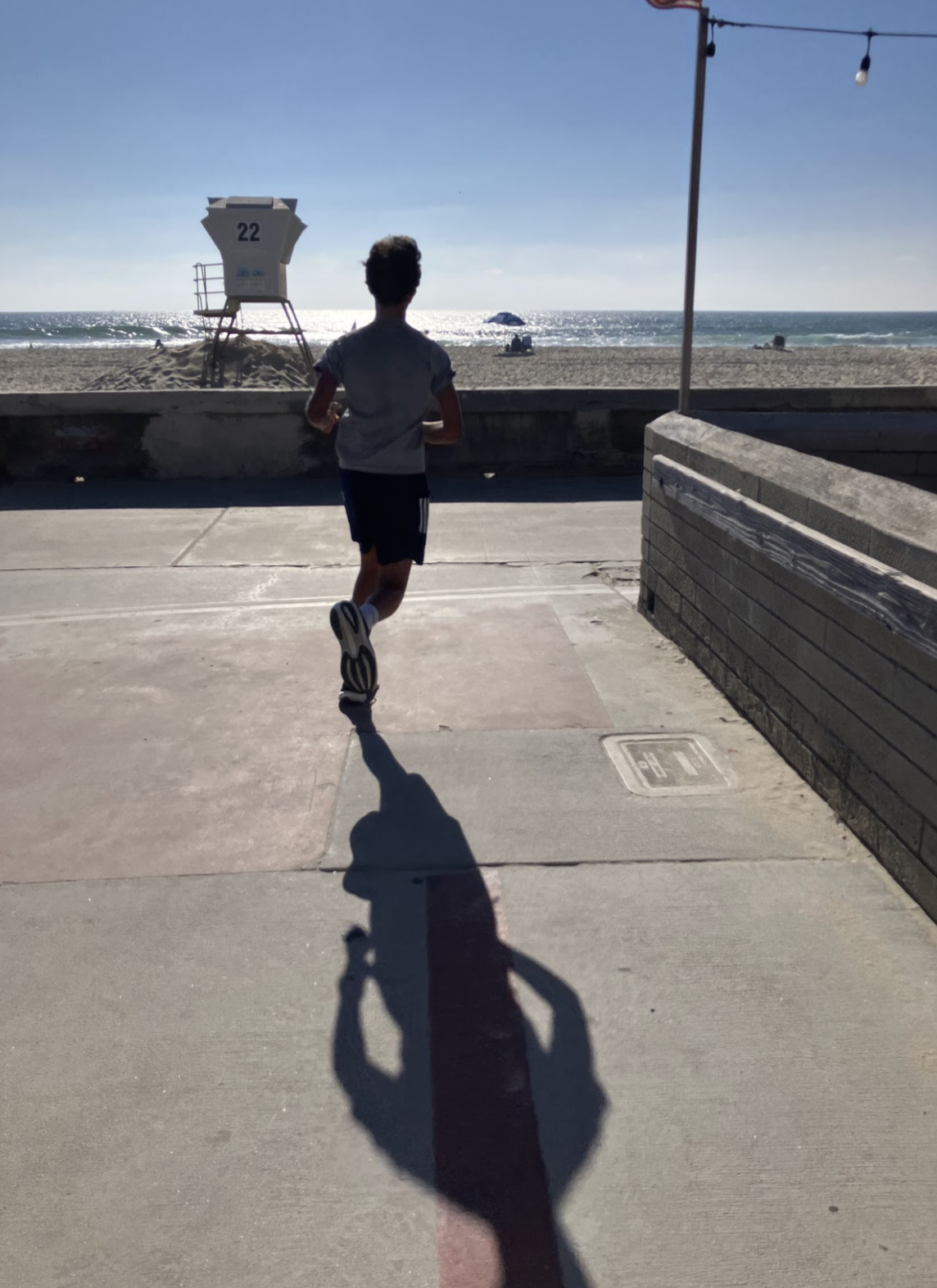
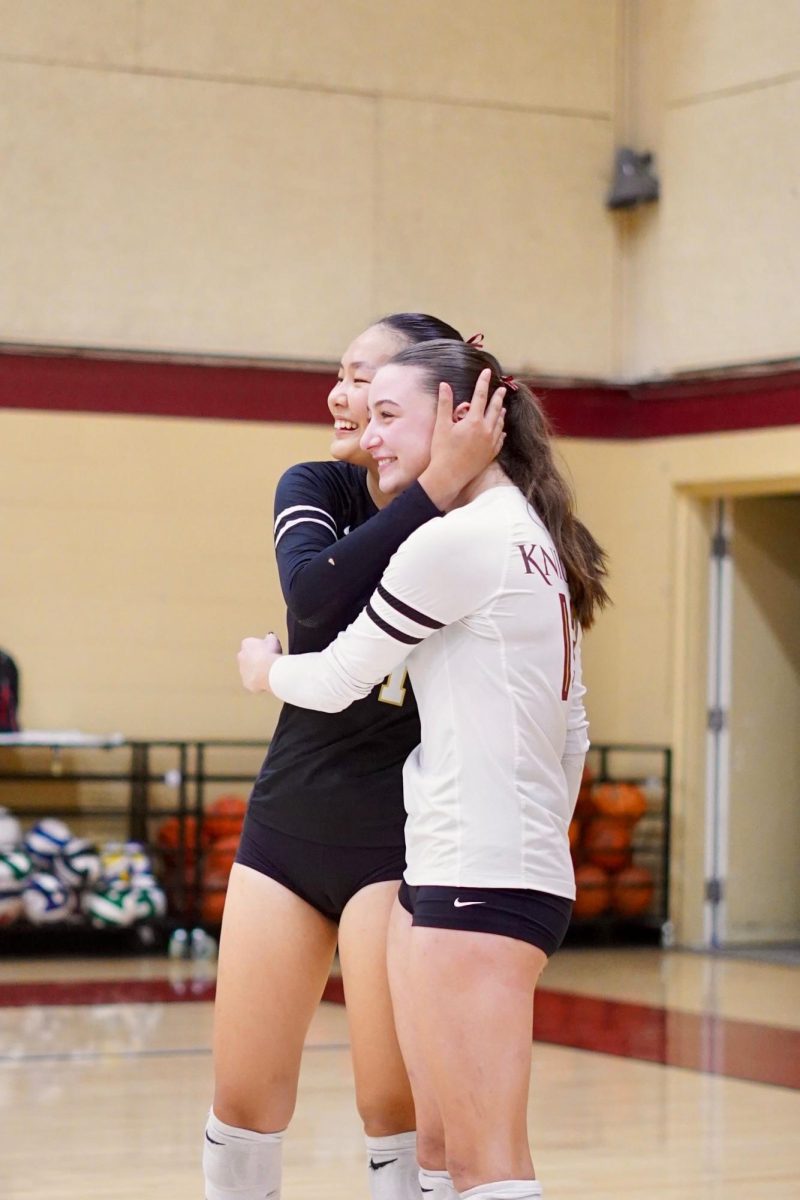


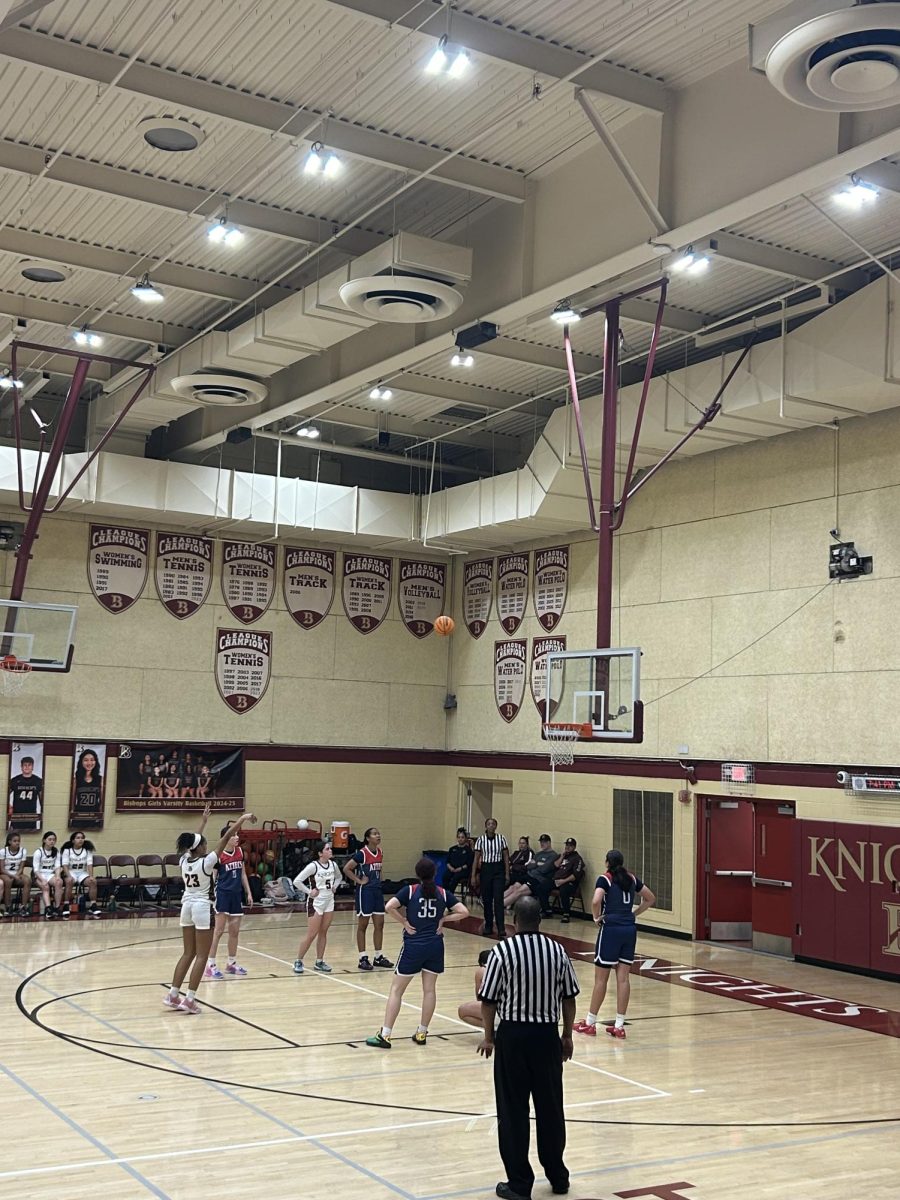
![“I [look forward to] the adrenaline of just competing with your friends and playing a sport that I’ve loved for so many years,” Sydney Mafong (‘26) said. “It’s just unmatched.” The Softball team celebrates a victorious moment in the game against San Diego High School on March 15th during the Torrey Invitational, which Coach Joe “Joey” Moreno called the “first real test of the season” in a Locker Room email and won 10-3.](https://thebishopstower.com/wp-content/uploads/2025/04/Screenshot-2025-03-17-at-21.49.22-1200x1016.png)
